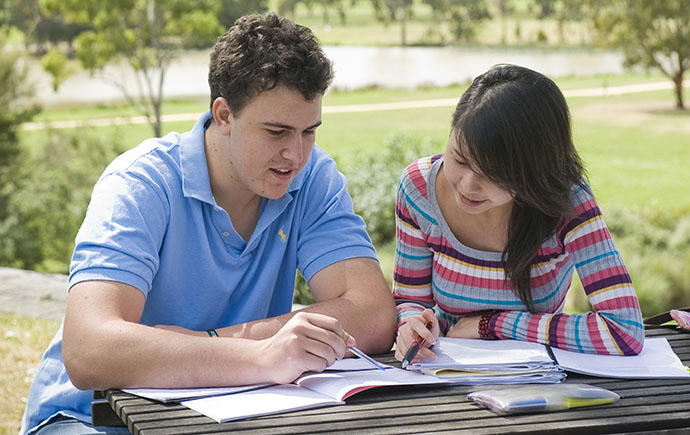This chapter examines sports and disability. It also reviews recent research on disability and sport. Finally, it considers the public health benefits of exercise. It examines disability in light of stigma and suggests a number of potential public health advantages of physical activity. It also examines the benefits associated with social involvement and advocates for more inclusive policies that incorporate physical activity whenever possible.
Choosing a Regular Physical Activity
Social stigma can be very high and can make it difficult for many people with a physical impairment to participate in sports, whether through physical therapy or through traditional organized sports. Many people with a physical limitation find that they need to rely heavily on other people in order to survive. These people often live in rural areas where they face particular hardships. Sport can bring people together and allow them to participate in a common activity.
Choosing a Regular Physical Activity
Language barriers are a major obstacle to people with disability support melbourne participating in sport. Some disability care professionals claim that they are not always capable of communicating their limitations to doctors and other health professionals. Many people with a disability may not be in a position to commit to a weekly, daily or monthly routine that would allow them continue to participate in a regular activity.
- Many disabled people have social barriers that make it difficult to exercise. Disabled people often feel embarrassed and often look down upon other individuals that take part in regular physical activities. It is important to remember that the majority of us have some degree of flexibility and most of us can continue a physical program for an hour or so each day. With the right assistance, we can maintain a regular physical routine even when unable to do so on our own.
Many people with disabilities find traditional fitness programs and activity centers do not meet their needs. Many organizations offer many activities that can be adapted to suit all abilities and movement patterns. This program is best suited for people whose mobility is limited due to a physical limitation. These people may need extra support and encouragement to reach a desired level of physical mobility. There are also group classes offered at many local community centers. You may find it difficult to find a local group that meets your needs. Your doctor or therapist may be able recommend one.
There are also physical education classes offered at schools and community college that can help people learn to participate in a controlled environment. People with disabilities can learn how to exercise in a controlled environment through special education classes. Physical education is especially important for children, teens and adults with physical limitations who are trying to improve their health and reduce their risk of injury or disease.
Many disabled people participate in physical activity on a daily basis without any problem at all. Others have trouble climbing stairs, climbing ladders, or picking up small objects. They must maintain a consistent routine in order to preserve their independence and prevent any physical disabilities from affecting their lives. People with disabilities should seek out the help of a doctor if they start to feel pain or need assistance. Many people find that visiting a physical therapy professional provides the necessary support.
People with disabilities need to exercise regularly. Regular physical activity can improve the health of your muscles and joints, which can help prevent the development of conditions like arthritis and osteoporosis. There are many options to help people stay active and fit. You can improve your quality and life by considering these options for staying fit and healthy.
